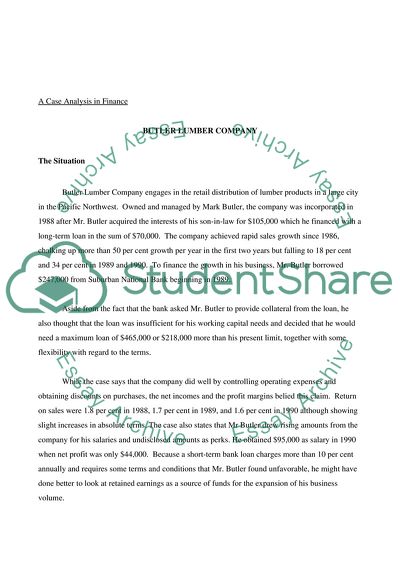Cite this document
(Financial Management: Analysis of Butler Lumber Company Case Study, n.d.)
Financial Management: Analysis of Butler Lumber Company Case Study. https://studentshare.org/finance-accounting/1718069-case-analyses-financial-management
Financial Management: Analysis of Butler Lumber Company Case Study. https://studentshare.org/finance-accounting/1718069-case-analyses-financial-management
(Financial Management: Analysis of Butler Lumber Company Case Study)
Financial Management: Analysis of Butler Lumber Company Case Study. https://studentshare.org/finance-accounting/1718069-case-analyses-financial-management.
Financial Management: Analysis of Butler Lumber Company Case Study. https://studentshare.org/finance-accounting/1718069-case-analyses-financial-management.
“Financial Management: Analysis of Butler Lumber Company Case Study”. https://studentshare.org/finance-accounting/1718069-case-analyses-financial-management.


